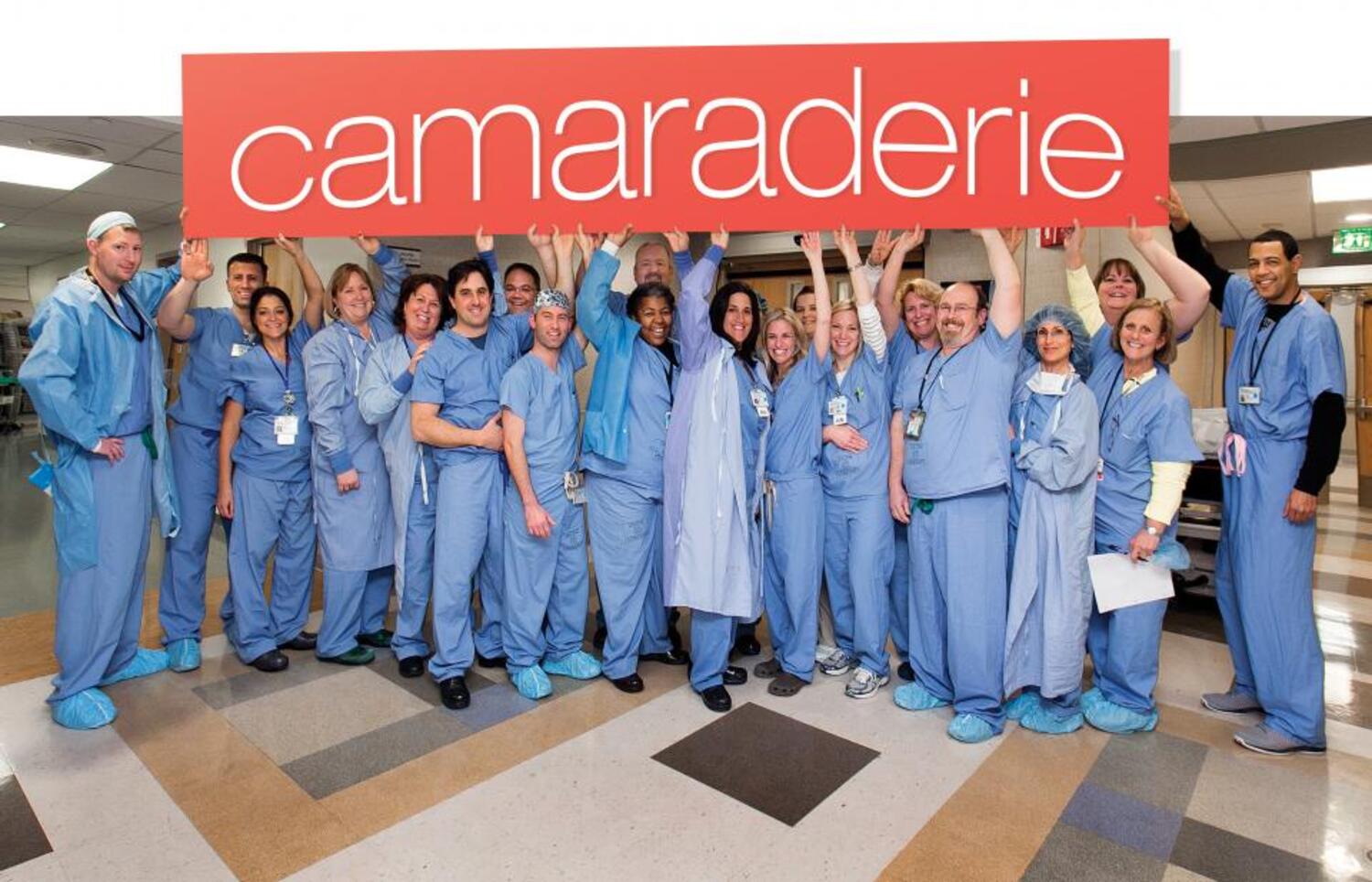
If you’re a leader at a health care organization, you’ll do everything in your power to ensure it stays well-equipped to care for patients. But what about employees? Why not apply that commitment to delivering the highest level of care to your own staff as well?
For many, the answers might be resources. For others, it might come down to the challenges of the industry – with regulatory uncertainty, new technology, rising operating costs and more. It’s a lot to balance.
But taking a hard look at how you’re supporting employees is a worthy investment. Our 2017 Best Workplaces in Health Care, published with Fortune, is proof of that: Hospitals on our list had higher-than-average HCAHPS scores and lower voluntary turnover rates.
These top workplaces are doing amazing things to ensure their staff is getting the help and care they need. In the end, that means better patient care and a stronger organization.
Here are a few bright ideas from the winning organizations – some might just be a good fit to implement at your own workplace.
Share Resources That You Already Have on Hand
It’s hard to beat bulk-pricing on everyday supplies. Baptist Health South Florida realized its massive supply chain could make life more affordable for employees and now sells them household items like diapers at a deep discount. Even better, orders that co-workers place online are delivered directly to their work spaces.
Many of this year’s winning health care organizations also make the most of their in-house professional expertise. Baptist Health colleagues can also request same-day, face-to-face counseling from in-house clinicians organized by the pastoral care department.
Baylor Scott & White Health puts a particular emphasis on emotional support for co-workers. A team of specially trained staff members offers peer support to colleagues confronting traumatic patient outcomes, serious professional challenges and other crises.
People usually pursue a career in health care for the work, not the workplace. But the environment and people that surround them on the job matter. An average of 88 percent of employees at the Best Workplaces in Health Care say their facilities contribute to a good working environment, compared to 82 percent at Great Place To Work–Certified organizations that didn’t make the list.
Give Employees an Audience
Our research found that healthcare colleagues who say managers consistently keep them informed are twice as likely to say they’re willing to give extra to get the job done. That means better communication from leadership links directly to staff productivity.
Keeping a two-way channel of communication is essential for a healthy culture in any organization. And this holds especially true in an industry where evolving technology and uncertainty surrounding health care reform bring constant change.
Texas Health Resources, the top company on the Best Workplaces list, uses leadership rounding to ensure messages about mission and strategy are heard from the C-suite to the janitor’s office. Employees at St. Jude Children’s Research Hospital use an internal website to discuss and vote on questions for their leadership. Then the CEO addresses their top concerns during town hall meetings that take place every other month.
Bring Education In-House
If professionals are already scheduling continuing education requirements around their work, why not offer that training on-site?
Many health care organizations already grant some level of tuition reimbursement. The best are also using their facilities to make that education more convenient.
Atlantic Health System draws on its relationships with local colleges to host classes in its buildings. The health system also offers employee discounts on coursework at those institutions, among other programs to help employees identify the most timely and cost-effective way to meet their educational goals.
Great Lakes Caring Home Health and Hospice takes a commitment to training even further. Its Great Lakes University is accredited to offer continuing ed in nursing, social work and other areas. Employees can take courses for free through an online platform. And non-credit classes cover topics like grief, advance directives, patient spirituality and a range of other topics inspired by the challenges employees face day to day.
However it is offered, training pays off. Employees at surveyed health care workplaces who receive training and professional development are three times more likely to say they look forward to coming to work and twice as likely to say they want to stay with their organizations for the long term.
What are you doing at your healthcare organization to improve the employee experience?








